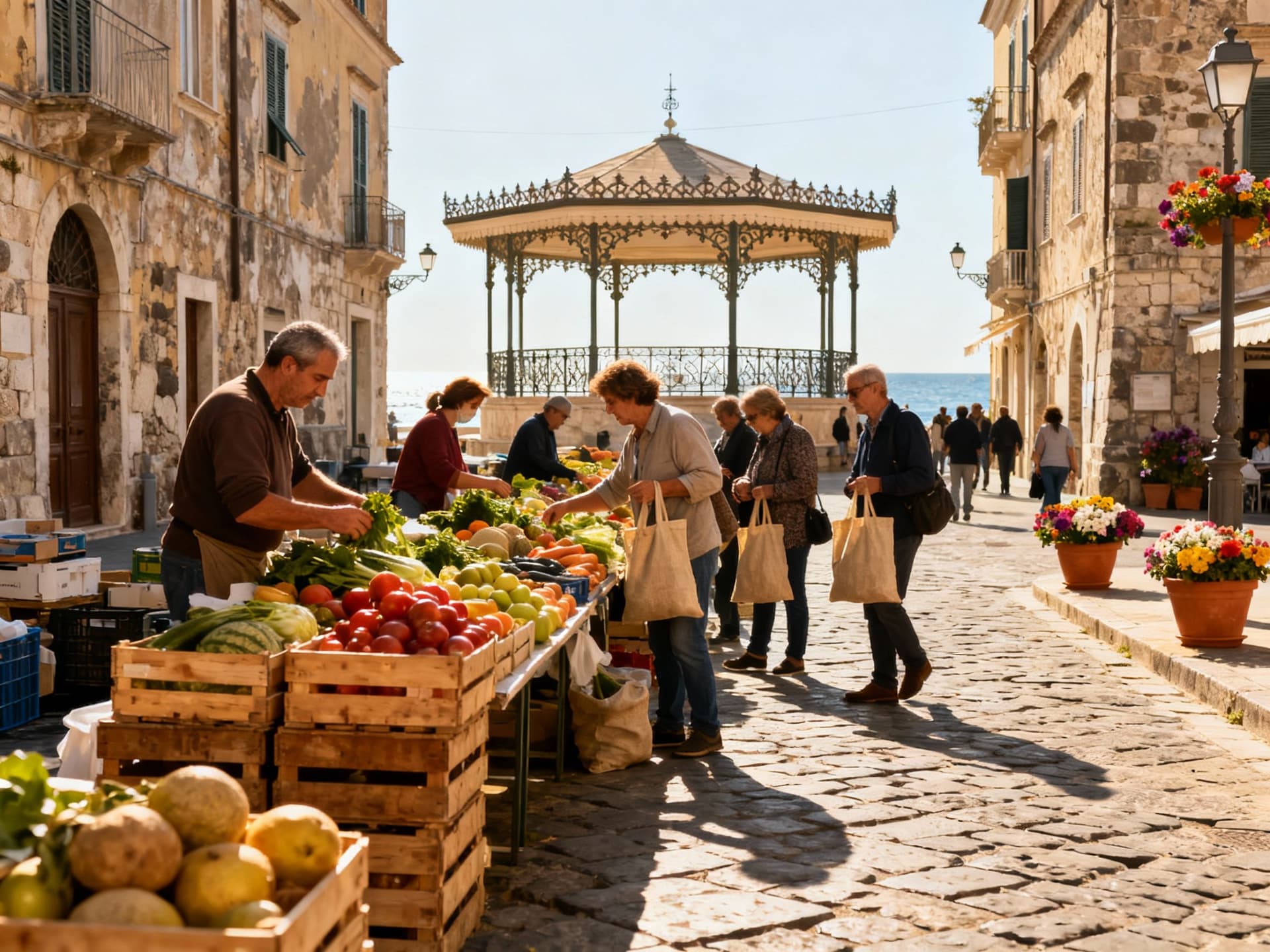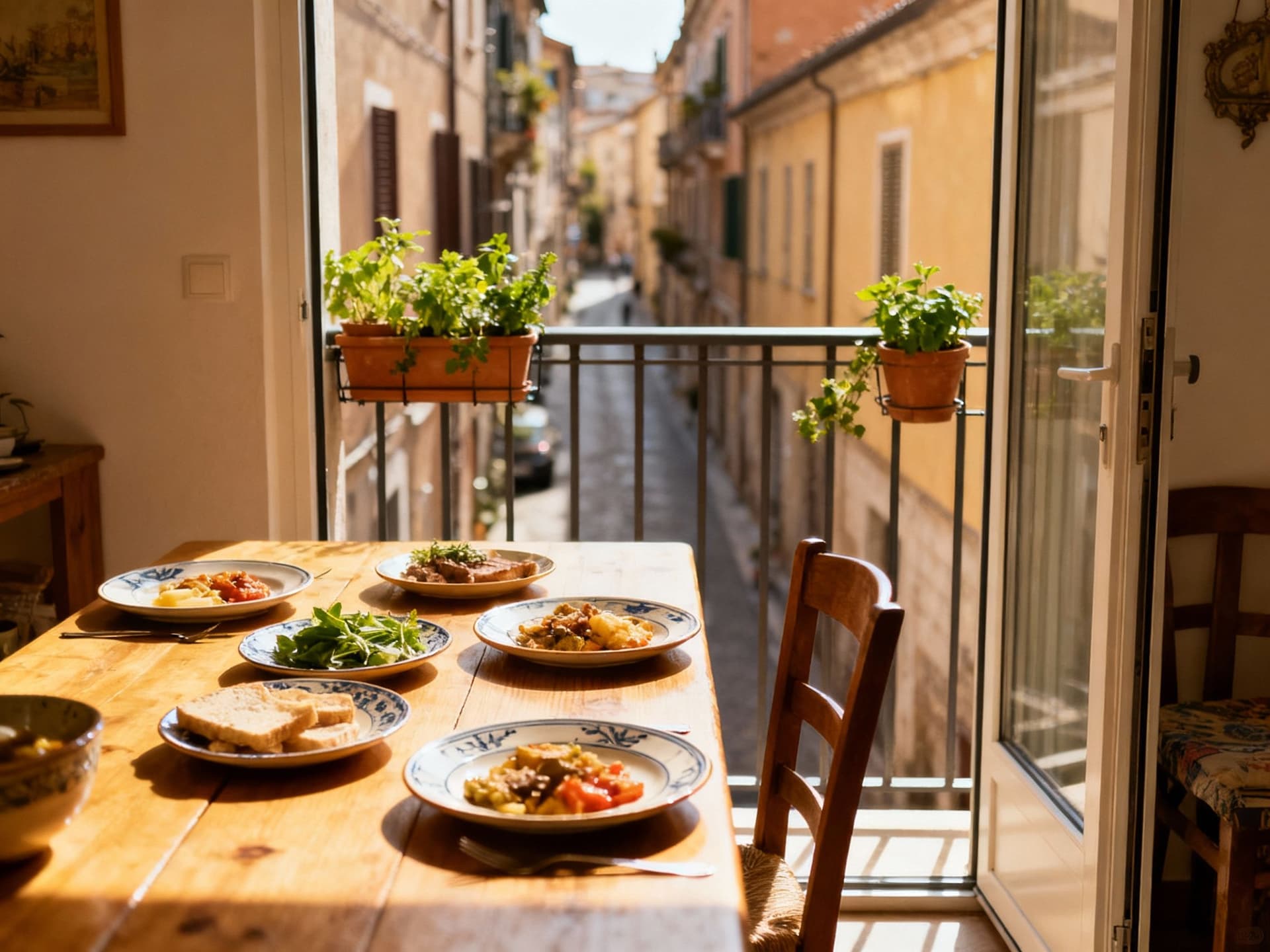Italy: Tax, Ownership and Rental Realities
Italy offers lifestyle richness and diverse yields; buyers must pair sensory appeal with tax-aware modelling, local due diligence and conservative yield scenarios.
Imagine stepping out at 09:00 to buy espresso in a shaded piazza, then walking home past a palazzo whose limestone facade tells you a century of ownership and municipal rules. Italy’s daily life is sensory — market calls, bakery steam, late-evening passeggiata — but behind that postcard rhythm sit rules, taxes and yield dynamics that materially change whether a purchase is emotional or investment-grade. This review pairs those lived moments with the hard numbers and legal steps international buyers must quantify before writing an offer.
Living the Italy lifestyle

Daily life in Italy varies sharply by region: Milan moves with corporate tempo and efficient trams, Florence hums with tourists and university life, coastal Liguria feels slow and maritime. Property choices reflect those rhythms — central Milan apartments trade on proximity to offices and transport, while a Puglian trullo sells on sunshine and low acquisition cost. National average prices obscure this diversity; recent market data show national asking prices around €2,100–€2,200/m² but with city peaks and rural troughs that change expected returns materially.
Neighborhood spotlights: Milan, Rome, Puglia
Milan: walkable grids, tram lines and high entry prices (prime central values often exceed €4,800–€5,000/m²). Rome: mix of central historic stock and suburban family neighbourhoods where rental demand is steady from professionals and students. Puglia & Sicily: low acquisition costs (often under €1,500/m²) and strong holiday-rental seasonality that increases gross yields but raises vacancy risk off-season.
Food, rhythm and seasonality that shape property use
Markets and neighbourhood life are cyclical: summer coastal towns triple population briefly, university cities fill every September and clear in July, and alpine towns spike in winter. These cycles determine short-let feasibility, price-per-night potential and the operational cost model for a landlord. For lifestyle buyers who want long stays, look for villages with year-round services — grocers, post office, reliable transport — not just seasonal charm.
Market and lifestyle highlights: • Milan central: tight supply, prime pricing, consistent long-term rental demand • Trentino-Alto Adige / Bolzano: alpine premium, holiday-plus-long-let mix • Tuscany towns (Siena, Lucca): high restoration costs but strong second-home market • Puglia (Lecce, Valle d’Itria): low entry prices, seasonal short-let upside • Sicily (Palermo, Catania): value opportunities, variable infrastructure
Making the move: practical considerations

Translating lifestyle into an acquisition requires budgeting transaction costs, understanding ownership rules and assigning operational responsibilities. Non-resident buyers may purchase freely, but paperwork — Codice Fiscale, notarised deeds, registration taxes — and municipal levies (IMU, TARI) change the economics. Expect 7–15% of the purchase price in all-in transaction costs (taxes, notary, agent, basic legal checks) and budget for recurring costs before modelling net yields.
Taxes and recurring charges that affect net yield
Key items: registration tax (often 2% of cadastral value for primary residences; 9% for second homes bought from a private seller), VAT on new-build purchases (4%/10%/22% depending on circumstances), and annual IMU (municipal property tax) which municipalities set within statutory ranges. IMU is paid via the F24 form and can be remitted from abroad with correct IBAN/identifiers; failure to budget these recurring taxes will inflate total cost of ownership and reduce net yield.
Practical step-by-step purchase checklist: 1. Obtain Codice Fiscale and open a local bank account or arrange secure escrow. 2. Commission technical/title due diligence; engage a notary early to vet encumbrances. 3. Sign a preliminary contract (compromesso) with deposit (typically 10–20%). 4. Finalise mortgage or funding; complete deed (rogito) before a notary who registers title and pays transfer taxes. 5. Register property, set up utility accounts, and budget for IMU/TARI/condominium fees.
Insider knowledge: what expats wish they'd known
Expats consistently highlight three surprises: 1) notary is central and paid by the buyer, 2) cadastral (catasto) values often determine registration taxes and can diverge from market price, and 3) service availability (heating, broadband) varies locally and affects livability and letting. These are not minor details — they change cashflow timing and renovation cost estimates — so include them in sensitivity analysis.
Cultural and community integration that affects occupancy
Making Italy home means learning to match the market to the local calendar. Student towns have predictable annual demand spikes; tourist towns produce high summer yields but higher maintenance and management costs. Cultural norms like late payments or different expectations around property condition mean a rigorous rental contract and a trusted local property manager matter more than glossy listing photos.
What to prioritise before you buy: • Legal/title clarity: insist on cadastral and planning checks • Realistic renovation estimates: €500–€2,000/m² for common refurb ranges • Seasonality modelling: run occupancy scenarios for both long- and short-let • Fee and tax sensitivity: model net yield with 9% transfer tax (if second home) and IMU included • Local management: budget 15–25% of rental income for full-service management
Numbers matter: gross yields vary widely — city core apartments commonly range 4–7% gross while peripheral or southern markets can deliver higher gross yields but with higher operational risk. Recent yield snapshots indicate national gross yields in the mid single digits to low double digits depending on property type and location; always convert gross to net yield by subtracting taxes, management, maintenance and vacancy assumptions.
Conclusion: Italy sells a lifestyle and an arithmetic problem. The romantic image is real — espresso, markets, historic streets — but the investment case depends on rigorous modelling of price-per-square-metre, realistic renovation and recurring taxes, and sensitivity to seasonality. Start with local price data and an independent notary/lawyer review, build conservative yield scenarios (stress vacancy and higher maintenance), then return to lifestyle trade-offs: if the net yield and living pattern match your investment goals, Italy can be both a life choice and a disciplined asset.
British expat who moved to the Algarve in 2014. Specializes in portfolio-focused analysis, yields, and tax planning for UK buyers investing abroad.


